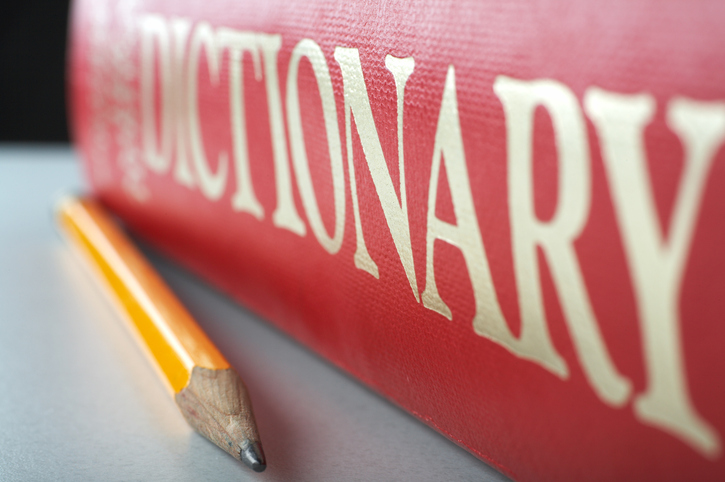Perhaps Canberra can add the words “Brindies” and “the Moose” to the dictionary in response to the Australian National Dictionary Centre’s call-out for contributions.
They are, after all, part of Ken Behrens’ lexicon and exactly what experts at the Australian National University are seeking – particularly words for plants and animals.
Bin chickens, maggies, chooks and mozzies have already been recorded but some new colloquialisms are emerging such as Noah’s Arks (sharks) and brain-fever birds (pallid cuckoos).
Senior researcher Mark Gwynn says the slang could also be specific to a particular place, for example the willy wagtail is often called the “djitty djitty” in Western Australia.
“From the terrifying saltwater crocodile undergoing the classic Aussie abbreviation with ‘y’ suffix to become saltie, to the tiny harmless woodlouse being called the slater or butchy boy, there’s probably not too many creatures that have missed out on a nickname,” Mr Gwynn says.
“We would love to add more of these colloquialisms to our record of Australian English. People might be surprised that some of these types of informal naming are quite widespread and, in some cases, quite old. As a kid, I certainly knew a few names for different cicadas including the greengrocer and black prince, which turn out to have a long history in Australian English.”
Some are relatively simple, such as gladdy for gladioli and wedgie for wedge-tailed eagles. Others are more colourful, for example, flying cane toad for the Indian myna bird, and bushman’s clock for the kookaburra.
Each year, the ANDC runs an appeal for contributions from the public for the Australian National Dictionary to build on the publication’s collection of Australian words and their origins.
“Are people still calling blowflies dunny budgies,” Mr Gwynn says. “And when was the last time you heard someone say they were having underground mutton for dinner?”
Share your fauna and flora words here: https://slll.cass.anu.edu.au/centres/andc/form/word-box



